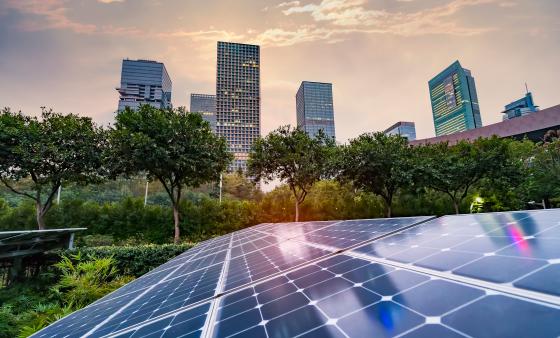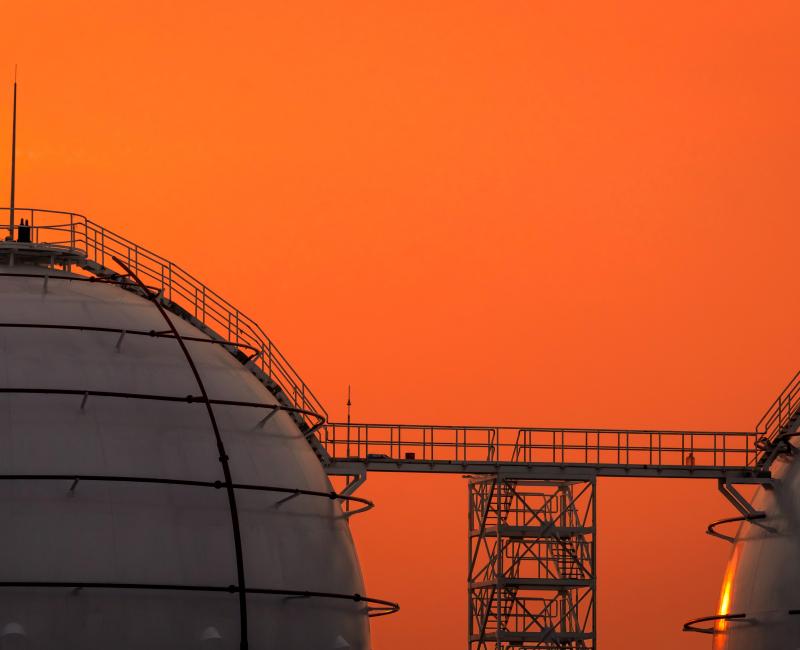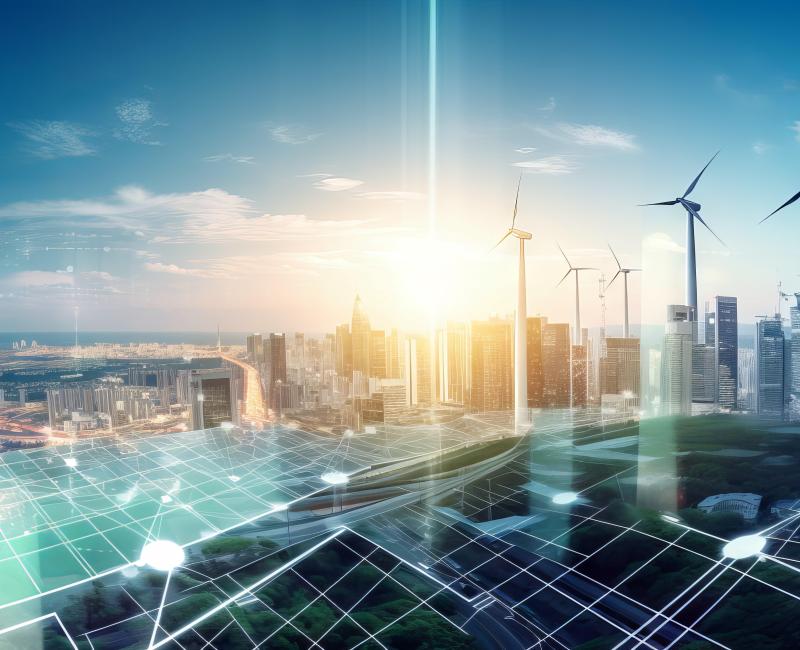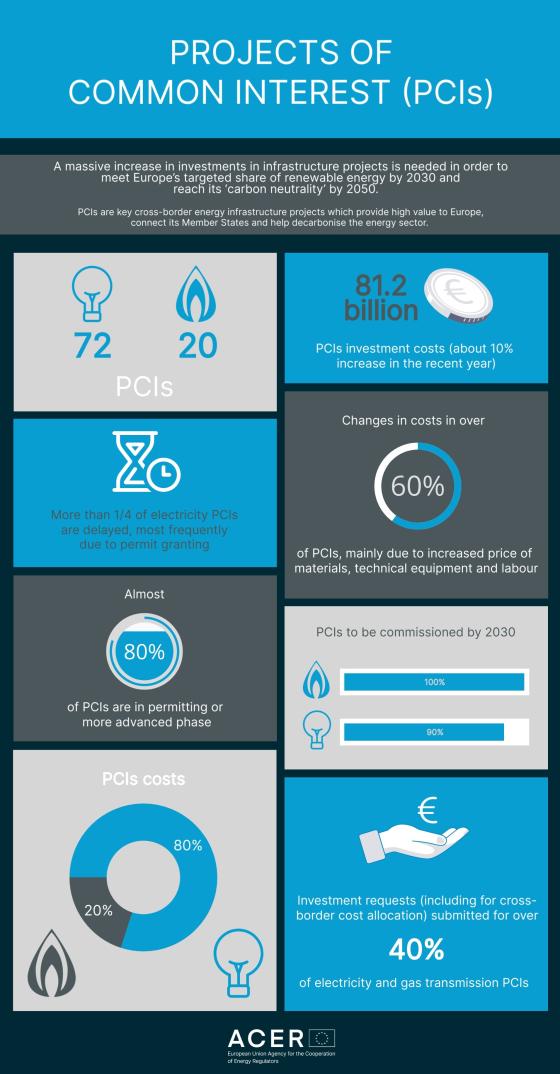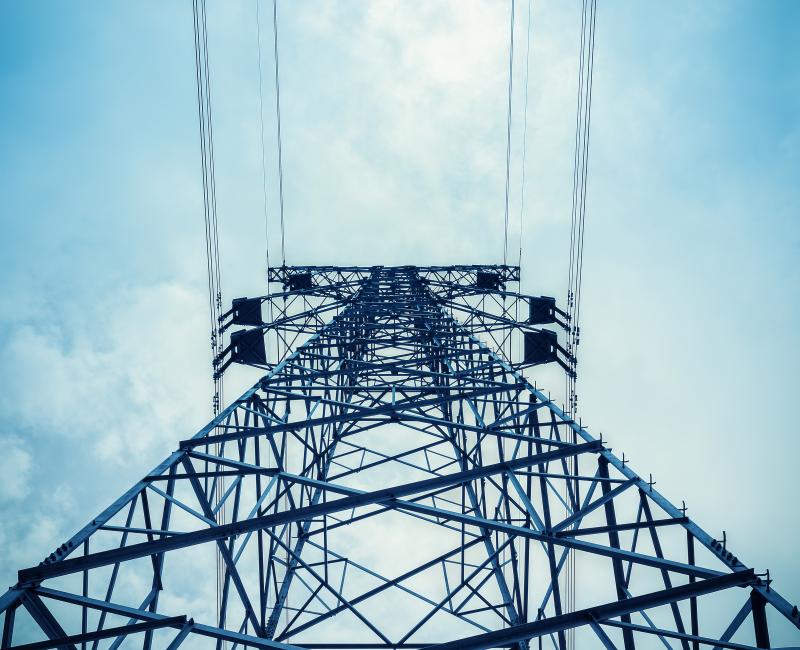ENTSO-E’s Summer Outlook (2023) finds no major security of electricity supply risks this summer
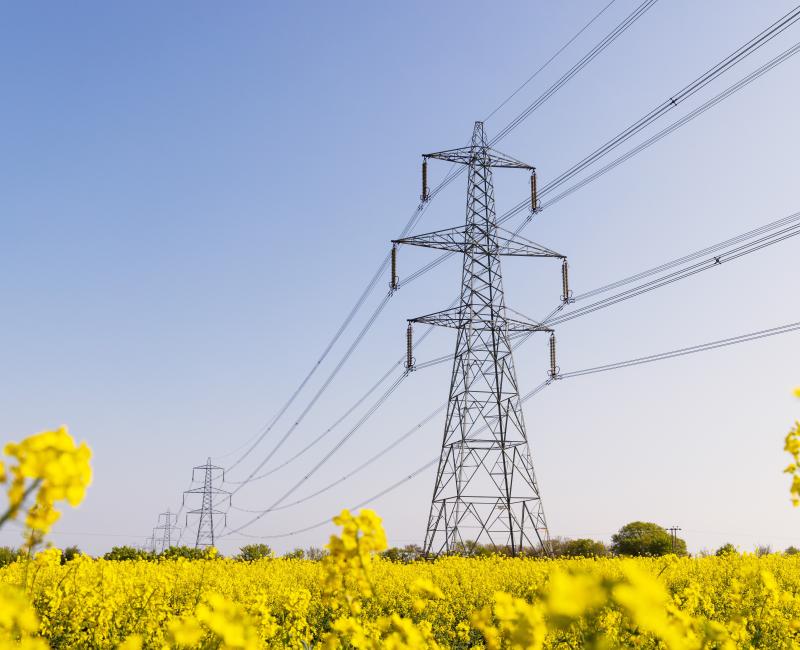
ENTSO-E’s Summer Outlook (2023) finds no major security of electricity supply risks this summer
What is it about?
Seasonal outlooks of the European Network of Transmission System Operators for Electricity (ENTSO-E) provide observations and foresight for challenges associated with the security of electricity supply for winter and summer. They help Member States and transmission system operators to make informed decisions related to future risks of power shortages.
The importance of these European wide seasonal assessments is heightened in the context of gas supply uncertainties, changing weather patterns and generation outages.
Highlights of ENTSO-E’s Summer Outlook (2023)
ENTSO-E’s Summer Outlook 2023 identified no electricity security of supply concerns for EU consumers. Nevertheless, close monitoring is suggested for Cyprus, Crete, Malta and Ireland.
Adequacy risks flagged for island Member States (and Crete) show the importance of interconnections in ensuring security of supply. With limited interconnections, the islands cannot benefit from the resilience the meshed network of the continental Europe offers, which allows for enhanced sharing of resources.

Source: ACER based on Summer Outlook 2023 - Figure 13: Adequacy risk overview - considering non-market resources
ENTSO-E’s report also points to comfortable gas storage levels by the end of summer and highlights the need to resort to any gas withdrawals with prudence over the summer period.
What does ACER say about ENTSO-E’s Summer Outlook?
- ACER appreciates ENTSO-E’s commitment to adapting its seasonal outlooks to the prevailing circumstances, such as developments in the gas system situation.
- ACER also stresses the importance of considering interconnection capacity when assessing the adequacy of electricity supply.
- ACER highlights, as in its past opinions, that ENTSO-E’s Summer Outlook assessment lacks flow-based modelling to optimise cross-zonal exchanges in line with the current market design.
For the next seasonal assessment (the Winter Outlook), ACER suggests that ENTSO-E addresses the following considerations to support management of security of electricity supply over the coming winter:
- Analyse the consequences of alternative scenarios including sensitivity to factors such as the impact of low precipitation (prolonged droughts) over the year.
- Assess the potential rebound of demand in case energy-saving measures introduced last year (2022) are not in effect and demand side response to prices is less pronounced.
